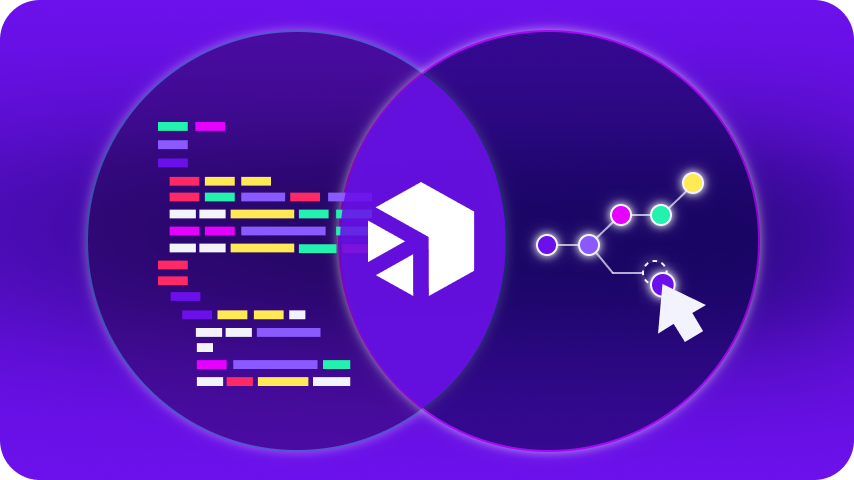December 19, 2022
Enterprise integration is no longer a nice-to-have – ensuring your data and systems are seamlessly, securely integrated is vital to your ability to grow and compete in a digital-first world. But at what cost?
Measuring developer productivity
Developer productivity is an increasingly important KPI for organizations looking to control IT costs without affecting growth or innovation. And as more businesses focus on ensuring they’re getting the most out of their IT department, more attention is being paid to how developer efficiency is measured.
DO
- Tie developer performance to business outcomes
- Look at functionality gained, problems solved, or value added
DON’T
- Count lines of code or number of bugs fixed
- Focus on hours worked
- Track the number of tasks completed
Integration and your IT team
If developer productivity metrics are tied to business outcomes, you’ll need to identify the goals of your integration project (or projects) to understand how efficiently your team is performing.
Key objectives for enterprise integration include:
- Enabling AI and automation
- Improving data security
- Reducing operational costs
- Improving time to market
- Supporting digital transformation
- Upgrading legacy systems
Without successful integration implementation, companies can face:
- An inability to adopt new technologies
- Inefficiencies that affect business success
- Lack of agility to respond to market changes
- Wasted IT resources
Achievement of critical objectives – or elimination of challenges – offers a valuable way to tie developer efficiency to business outcomes. And once you’ve measured the productivity of your IT team, you can start looking for ways to improve it.

Benefits of a low-code platform
The intuitive visual drag-and-drop interface of Digibee’s iPaaS reduces the time and developer skill level required to build integrations, while our built-in monitoring makes integration maintenance easier and more efficient. In Forrester Total Economic Impact™ of Digibee’s iPaaS1 report, analysts quantified how companies can boost developer productivity with Digibee.
Building integrations
The Forrester TEI report values developer efficiencies realized in building integrations at $2.1 million over three years2, noting that the Digibee platform empowers developers to build new integrations as much as 75% more efficiently than point-to-point solutions.
- Ease of use: Digibee’s low-code integration platform has a gentle learning curve, reducing the time it takes developers to understand and use the platform
- Reusability: The ability to reuse existing integrations means developers don’t have to start from scratch for every connection, reducing the time spent on deploying integrations
- Troubleshooting: Digibee’s integrated logs and metrics simplify the process of understanding when – and, more importantly, why – an integration isn’t working, reducing the amount of time spent on troubleshooting new integrations
Maintaining Integrations
Forrester analysts put the value of integration maintenance developer efficiencies at $370,0003, noting that Digibee almost completely eliminates the need for developer rework – a notable feat, given that 98% of enterprise IT professionals report having to rebuild at least one integration in the past 12 months.
- Legacy integrations: With Digibee’s iPaaS, the time taken to maintain legacy integrations decreased to one hour for every four previously required
- New integrations: Time needed to maintain new integrations also dropped to one hour for every four previously spent
Increase the efficiency of your IT team
Digibee’s low-code platform and integration monitoring tools can significantly reduce the time your development team spends on manual tasks related to building and maintaining enterprise integrations.
The increased developer efficiency your team will realize using our iPaaS directly translates to progress on key objectives like cost savings, faster time to market, increased agility, and the ability to embrace new technologies that support innovation and growth.
But you don’t have to take our word for it.
Download your copy of the Forrester TEI Report for a closer look at all the benefits your organization stands to gain by partnering with Digibee – or book a no-obligation demo to see our solution in action.
1 A commissioned study conducted by Forrester Consulting on behalf of Digibee
2 Savings for a hypothetical company with 20,000 employees and annual revenue of $5B
3 Savings over 3 years for a hypothetical company with 20,000 employees and annual revenue of $5B













